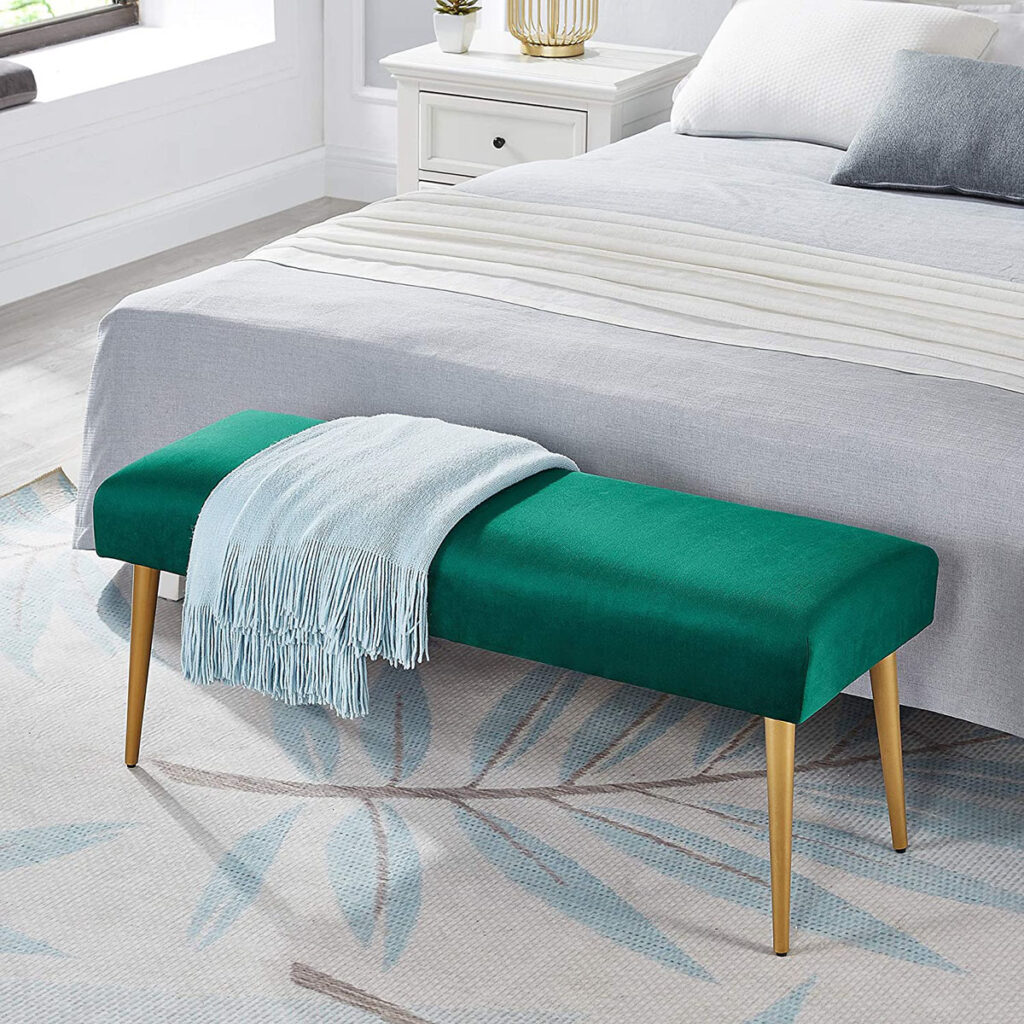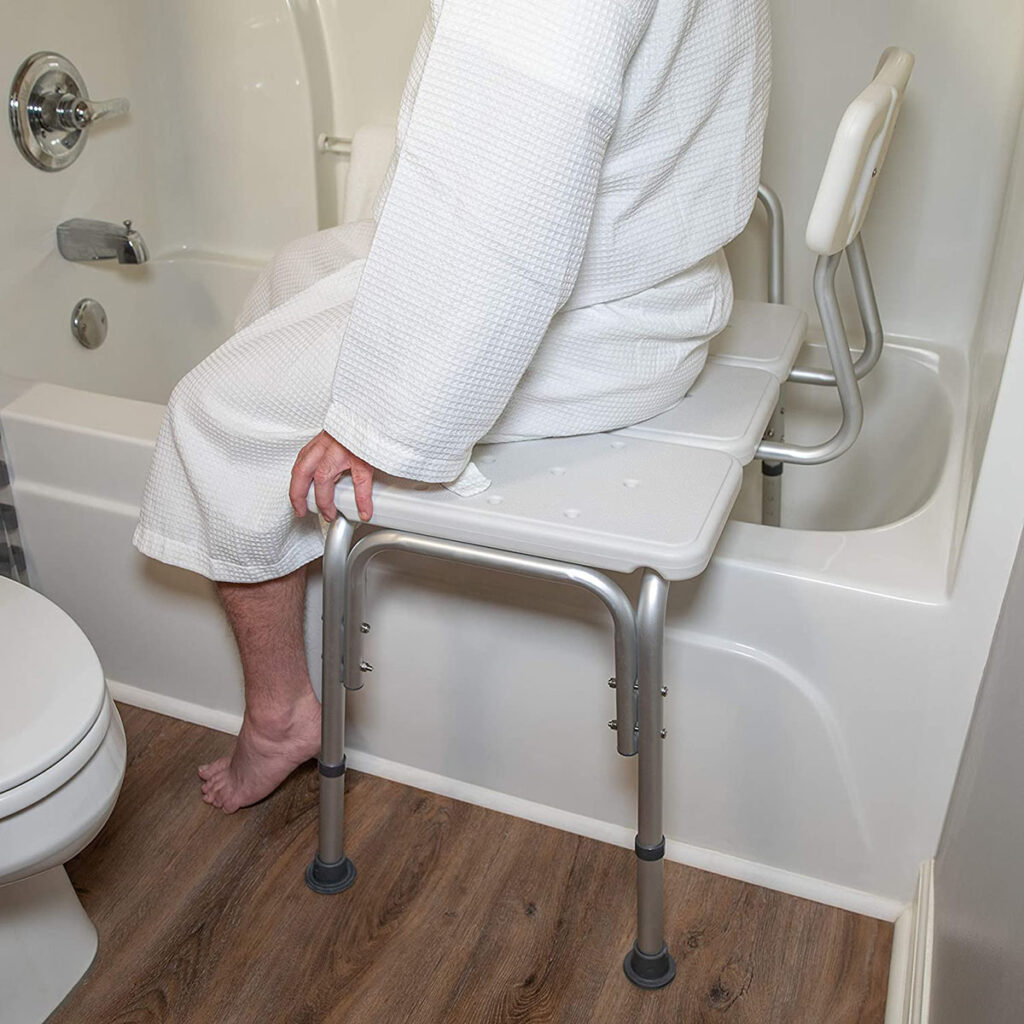
Immobility plagues older adults. The aging of people causes immobility. Mobility impairments are a pre-clinical transitional stage that happens to older adults. It leads to disability. However many elders are eager to do their tasks on their own. They want to be active. Sometimes they want to do showering and bathing on their own. But with the ages, it sometimes can be dangerous.
Bathrooms can be hazardous areas for older adults. The floors can be slick, and wet. Sometimes the space is small. This can be damaging for seniors. Falls in the bathroom are a common event that causes injury; even hospital stays for those over 2 months. Many elders need at-home care or even nursing facilities to avoid that risk. The caregivers need to know how to help the older persons in the bathroom.
Carry out transfers for a dependent person in complete safety
A person with a disability or an older person has got some difficulty in transferring. For example, sitting on the edge of the bed, getting up from a chair, or getting into the tub. All these actions are difficult and risky for them because there is a huge chance of falling and resulting in injury. very often it is then the caregiver, whether professional or family caregiver accompanies the older persons and persons with disability in transfers.
If someone wants to accompany the dependent person, it should be a habit and he or she should know some techniques. Helping is a kind of habit. If the techniques are poor such as, transferring someone poorly, can become “risky” for both the caregiver and the caregiver. Poor management can cause injury in the lower back or a fall in pairs. For this reason, it is vital to adopt transfer aid.
What is a transfer?
According to the medical level definition, when you try to move a person from one support to another, this act is called transfer. For example, transferring from bed to wheelchair. There exist many technical aids as per the capabilities of the person and the action to be carried out.
Thus, daily, multiple transfers can be made:
Getting up from the bed and lying down daily. Technical assistance is transfer disc, straightening bar, patient lift, etc.
Got up and sat down on a chair. Technical assistance may be lifting cushions, transfer belts, etc.
Sitting on and transferring to the toilets. Technical assistance is transfer handlebars, transfer bench, etc.
Getting in and out of the bathtub or the shower. Technical assistance is (transfer benches, board, …)
Getting in and out of a car. Technical assistance is the handlebar, and swivel cushion . You can use technical assistance not to take the risk. But the right gesture is essential for every case. Here are some tips to make transfer safe

Personal Transfer: 10 Tips
Your back and spine feel enormous strain when you carry out a person transfer. So you have to be very aware of saving your back and spine. Here are some tips to protect your back:
1. The space between your feet should be enough. It should be equivalent to the width of the pelvis at least. In this way, you will get better support and proper balance.
2. You have to flex the legs and contract the abdominals (pelvic tilt): It is done so that your back muscles are used less and more pressure is put on the leg muscle.
3. Get as close to the patient or the disabled person as possible: If you are closer to each other, you have to put in less effort.
4. It would be better to use the palms of the hand and wrap the help of your arms. As a result, the contact will be more pleasant for the helper.
5. Hold the belts and pants or any other attachment point so that the transfer can be easy
6. Don’t rotate the spine. Accompany the movement with the feet.
7. As a caregiver, you will block parts of your body that can be in danger of slipping. If you place your foot perpendicular to their foot and knee against their knee, it would be a safe position.
8. The hands of the disabled person or the patients should be around your back rather than around your back. Try to put their hand at your shoulder blades.
9. Make your tasks easier by using equipment like a shower transfer bench.







